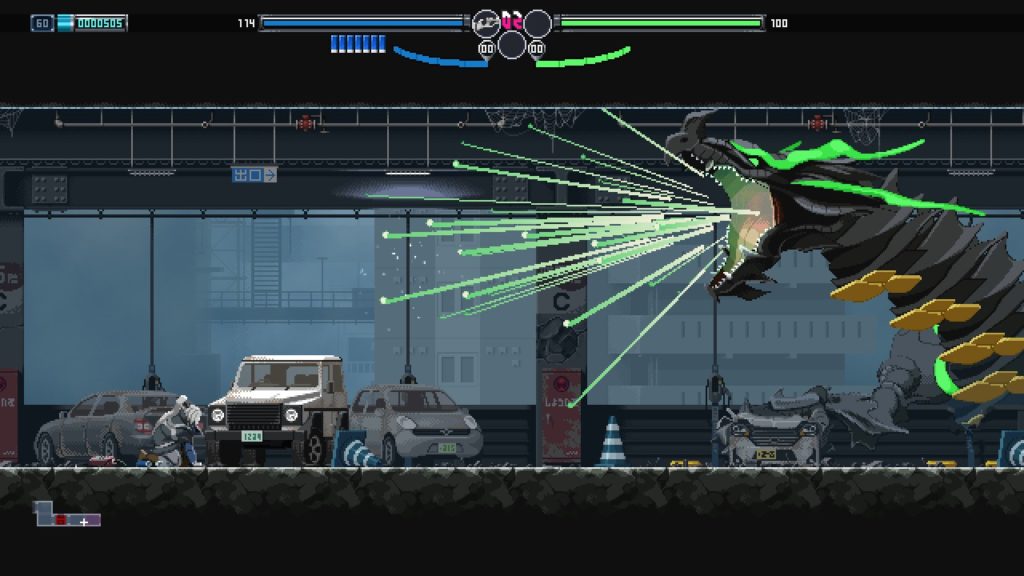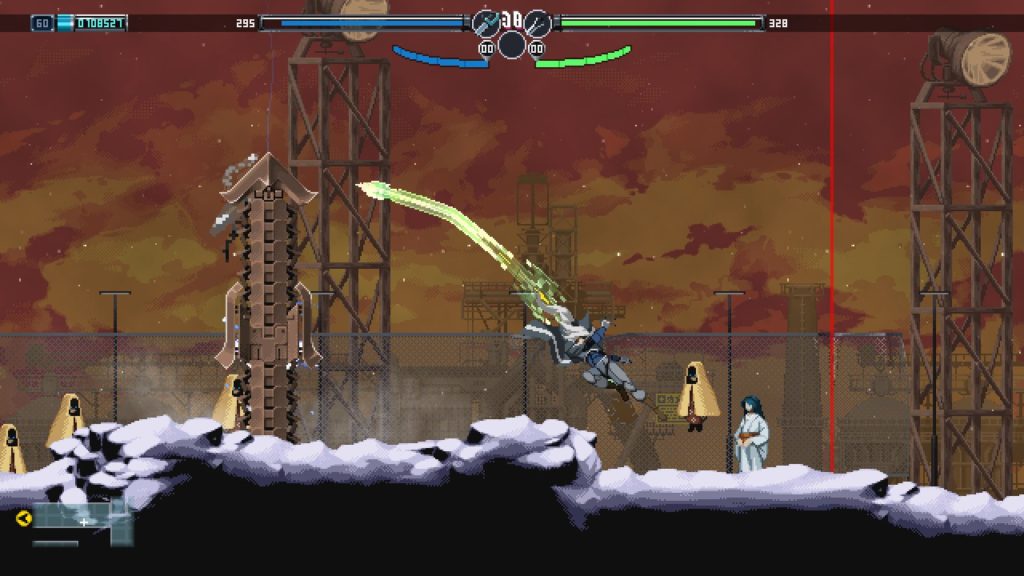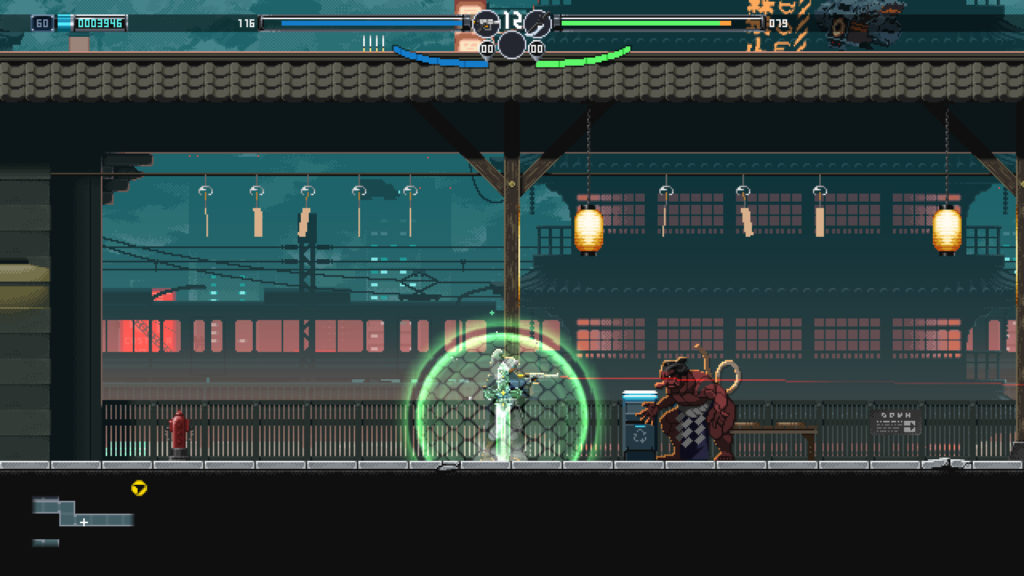Blade Chimera review
Blade Chimera from Team Ladybug feels like the archetypal Metroidvania. It checks more or less every box you’d expect it to, but none that you don’t. It tells the story of Shin, a government-sanctioned demon-hunter in a very standard cyberpunk dystopia that has not only been the subject of a mysterious demon-apocalypse but has also seen an unexplainable rise in the number of civil servants who carry samurai swords to work.
To say that Blade Chimera treads familiar ground is a bit of an understatement. It’s the same ground we’ve been treading in video games for so long we’ve gone through the floorboards and are now dragging the nub-like remnants of our feet through the foundation mud. And yet, there is comfort in the familiar, and I think that’s why I enjoyed Blade Chimera so much despite its lack of truly fresh ideas.

The closest it has to an original idea lies with Lumina, a benign demonic spirit who takes the form of a spectral sword that Shin can use in multiple ways. Primarily you use it for combat alongside whichever primary and secondary weapon you equip, but it can also be used to muck around with the timelines of individual objects. For example, if you need to reach a high level, you might rewind a forklift truck into spectral existence and use it to lift you up. Alternatively, you could remove a section of floor, or replace one to create a ledge or barrier.
That being said, there’s not much science to any of it. Because if you do need to reach a higher ledge, the game will always present that forklift. You never have to really think about it, and it serves as more of an extra step in platform sections like you’d find in something like Prince of Persia: The Lost Crown than anything else. You can also use it to create platforms by sticking it into certain walls, or use it as a grapple hook in some areas and swing over gaps.
Lumina is just as useful in combat though, with a variety of unlockable moves that rip health from enemies when you hit them. You can also earn currency and buy consumable health and mana items from vending machines and vendors, which does a fair job of breaking the difficulty when you can endlessly farm respawning enemies between save points.

Enemies come thick and fast though, with arguably too many enemy types. You barely have time to adjust to a certain enemy’s attacks before the game throws new ones at you, and between your melee weapon, ranged weapon, special moves, and your dodge with i-frames, you likely won’t die very often. It doesn’t trivialise boss fights as they hit so hard and often have multiple phases, but it’s not as hard as many Metroidvanias with similar themes.
Blade Chimera makes up for a lacklustre story with some stunning pixel-art visuals, though. The animation is smooth and responsive, and Shin has enough little visual flourishes to add heaps of personality to him, even if he is remarkably po-faced in dialogue. The writing is fairly dry throughout, actually, with few injections of levity.

A decent variety of weapons and accessories approach something like build diversity though, and once you find a combination you really like the combat flows as smoothly as the platforming. Although it’s pretty formulaic, there’s an undeniable charm to Blade Chimera that goes beyond the straightforward plot and set up.
Perhaps what Blade Chimera does best is deliver a slice of comfortable, familiar and, dare I say it, safe side-scrolling adventure. It doesn’t do anything that feels new, but it does everything well nonetheless. It may not be original, but it’s an enjoyable, cathartic Metroidvania experience from start to finish.




